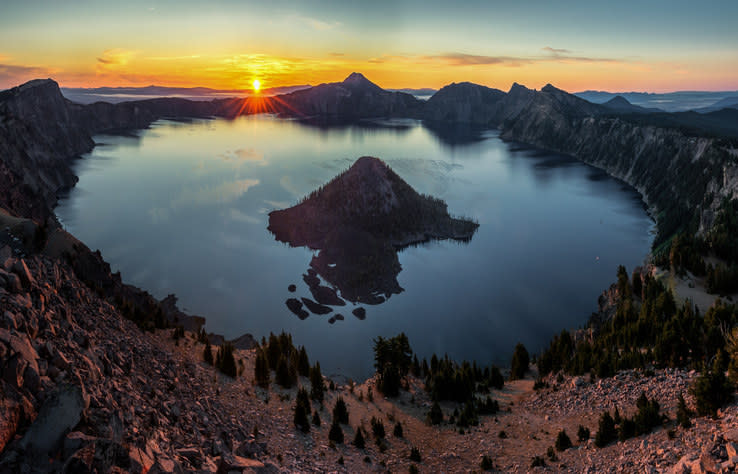People Are Sharing Their Best Insider Tips For Visiting Popular (And Underrated) National Parks Around The US
Airline prices might be through the roof, but luckily for America's incredible National Parks system, there are plenty of extraordinary landscapes to explore within the US that are within driving distance. So I rounded up a bunch of helpful tips from experienced travelers from the subreddit r/NationalPark. Here's some advice to help you make the most of your next trip to the Parks.
Paramount Vantage
(And no, this isn't a sponsored National Parks ad. It's just my way of highlighting what I genuinely believe to be outdoor experiences that are worth having. Happy travels!)
1.September is an amazing month for exploring the national parks if you can swing it. You'll find fewer crowds, cooler temperatures, and fall colors. In places like Rocky Mountain National Park, you can hear and see elk bugle. May is also a less crowded time — the weather can be a little cooler, but it's still pleasant.
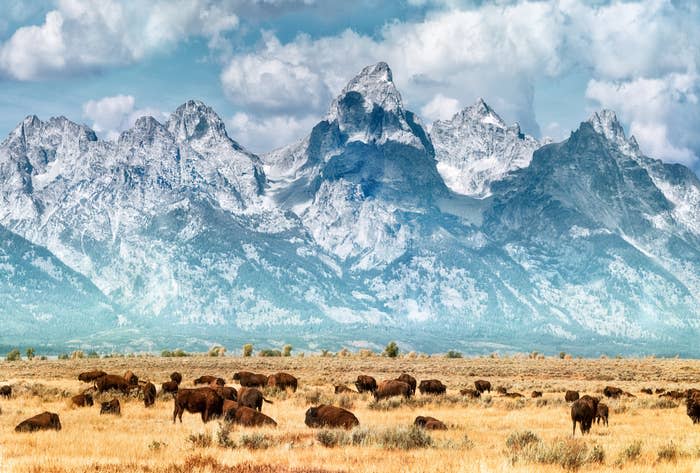
2.For a totally different National Park experience, check out Dry Tortugas National Park, a little island off the coast of Key West, Florida. It's an old military fortification surrounded by blue water.
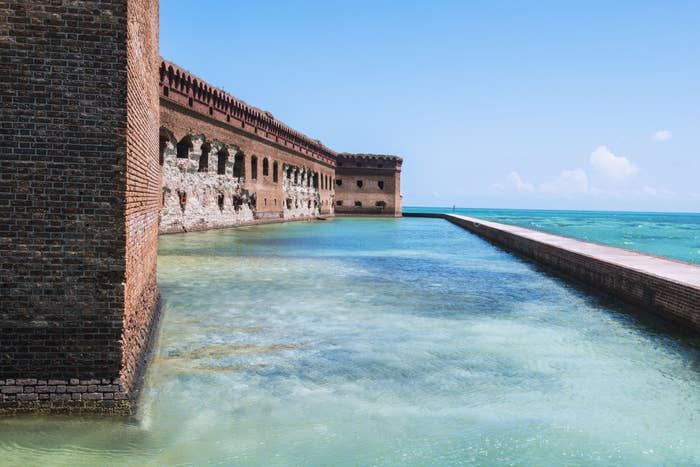
3.Plan ahead if you're hoping to find lodging within a well-known National Camp ground. If this is your goal, plan at least half a year out. Or opt for a park that has a convenient gateway town — like Springdale for Zion or Estes Park for Rocky Mountain. There you'll find a wide variety of lodging and restaurant options.
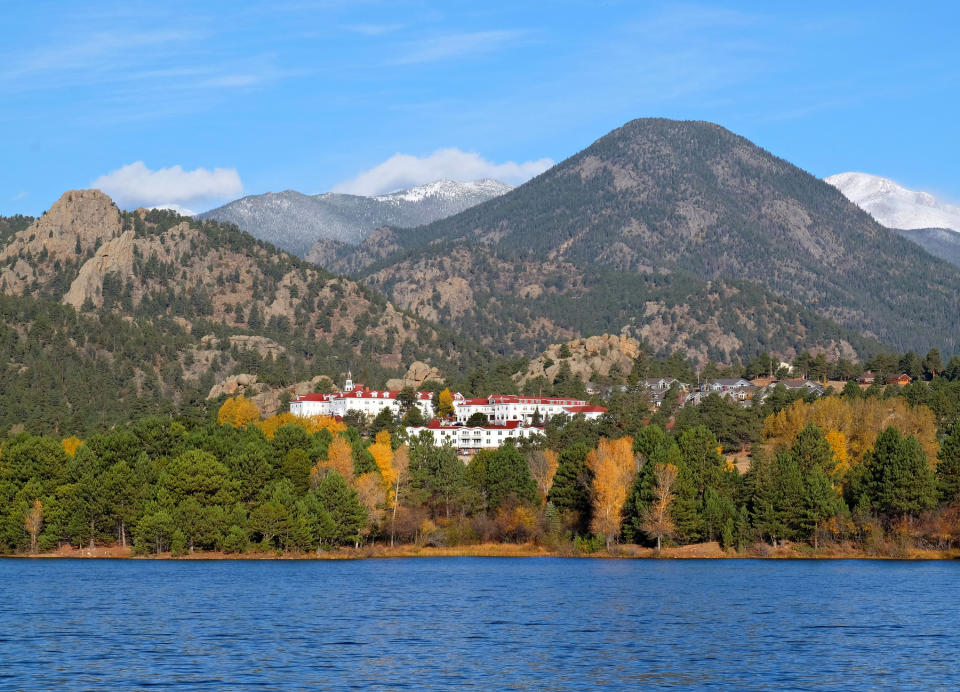
4.Always have a pair of decent binoculars or a small telescope handy if you're camping. Many National Parks parks offer dramatically dark skies because they are far away from the light pollution of big cities. You can see some things you may never get to see again within just an hour or so of stargazing.
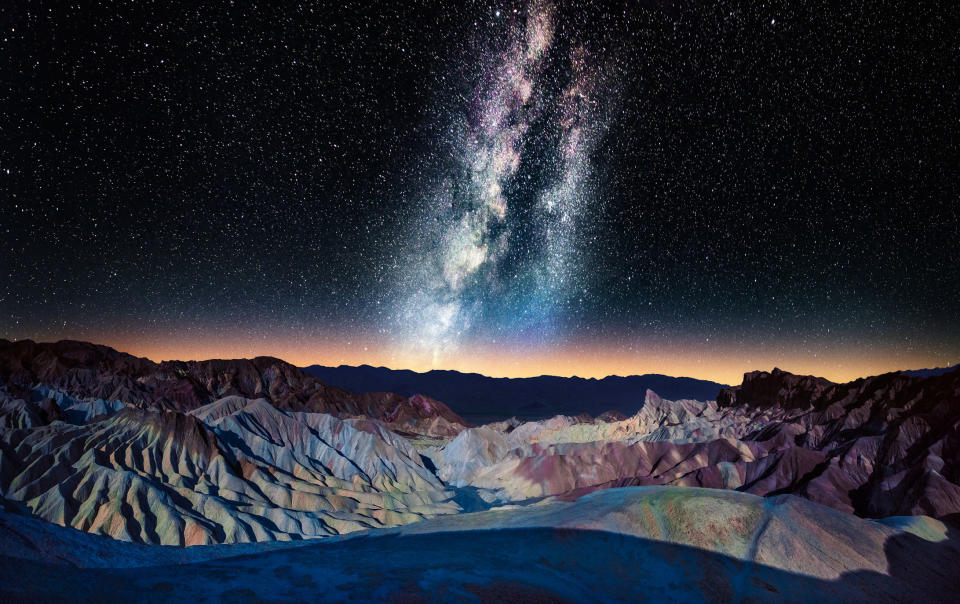
5.A National Parks Passport is a really fun memento and a great way to mark each park you've visited. You pay about $10 for the passport and each park will have a stamp you can put in your book. I look forward to stamping my passport when I go to parks now and I can also look back and see the exact date I visited different places.
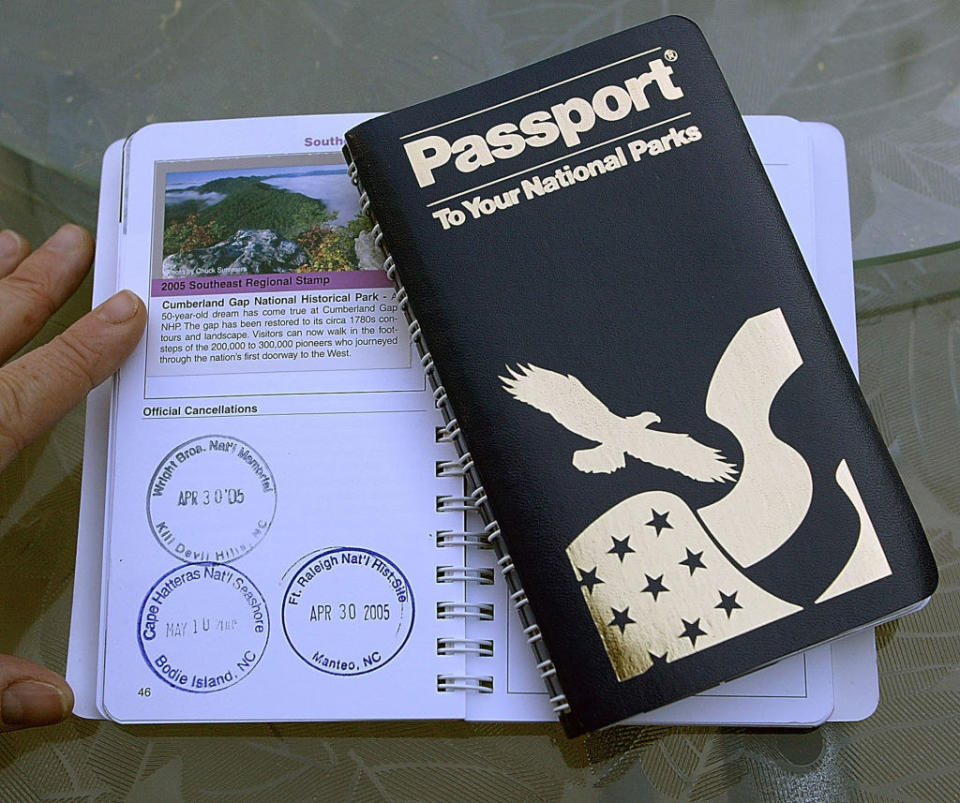
6.Red Rock and Valley of Fire are State Parks in Nevada, but if you are visiting a National Park in the area, they are well worth a visit, too. Both are beautiful and require just a few hours to a single day to explore.
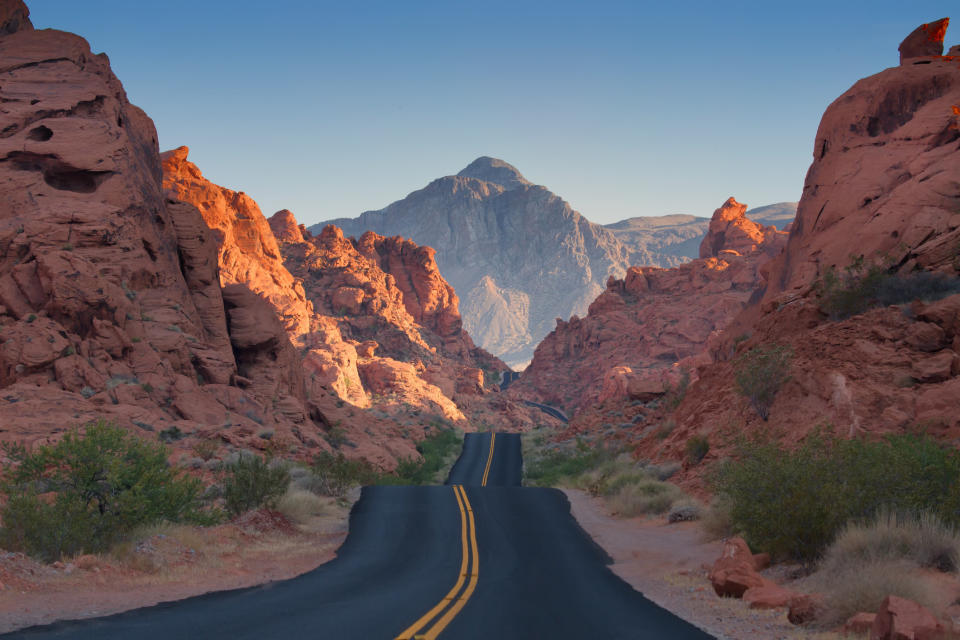
7.If you are looking for an off-the-beaten-path park, consider Isle Royale in Michigan's Lake Superior area. This park gets as many visitors in a year as Yellowstone gets in a single day.
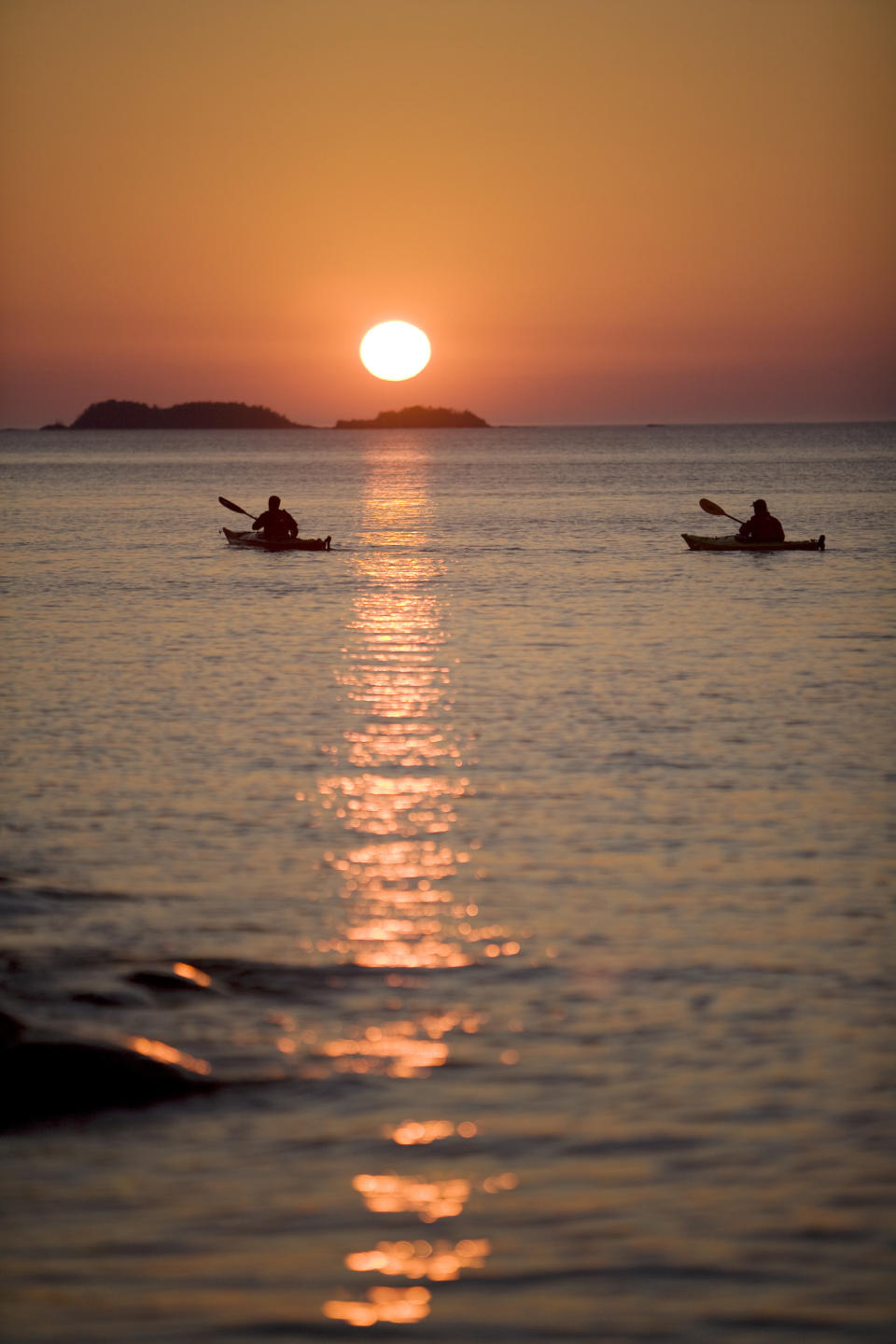
8.And then there's Voyageurs National Park in Northern Minnesota near the US-Canadian border. One can't miss experience: Take a canoe on Kabetogama Lake. You'll catch some incredible sunsets and you can spot giant water birds that live on the remote islands.
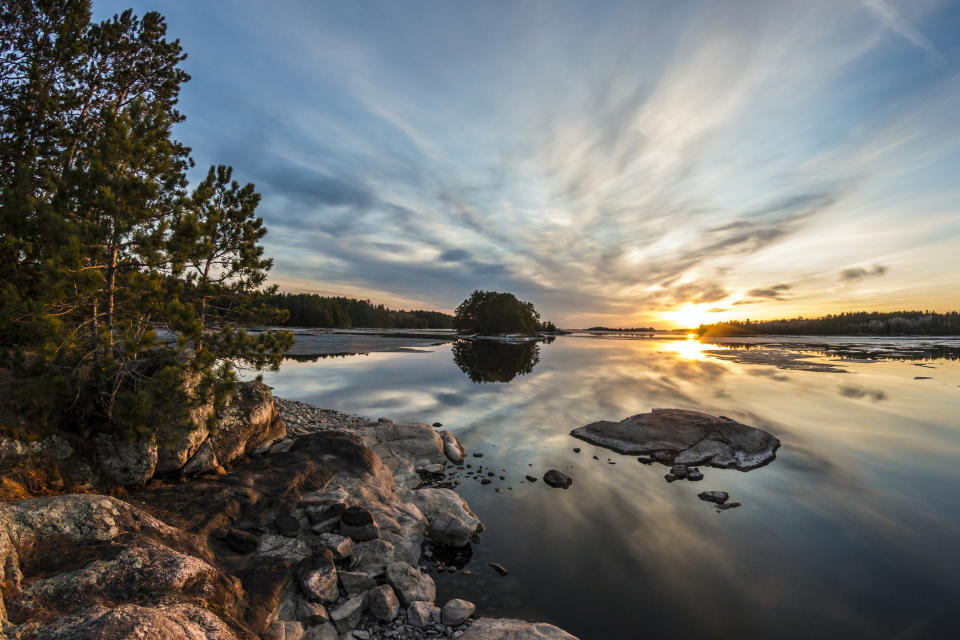
9.If you want to turn a National Parks visit into a longer road trip, try grouping a handful together. Specifically, consider making a single trip to visit all five Utah parks: Zion, Bryce, Capitol Reef, Canyonlands, and Arches.
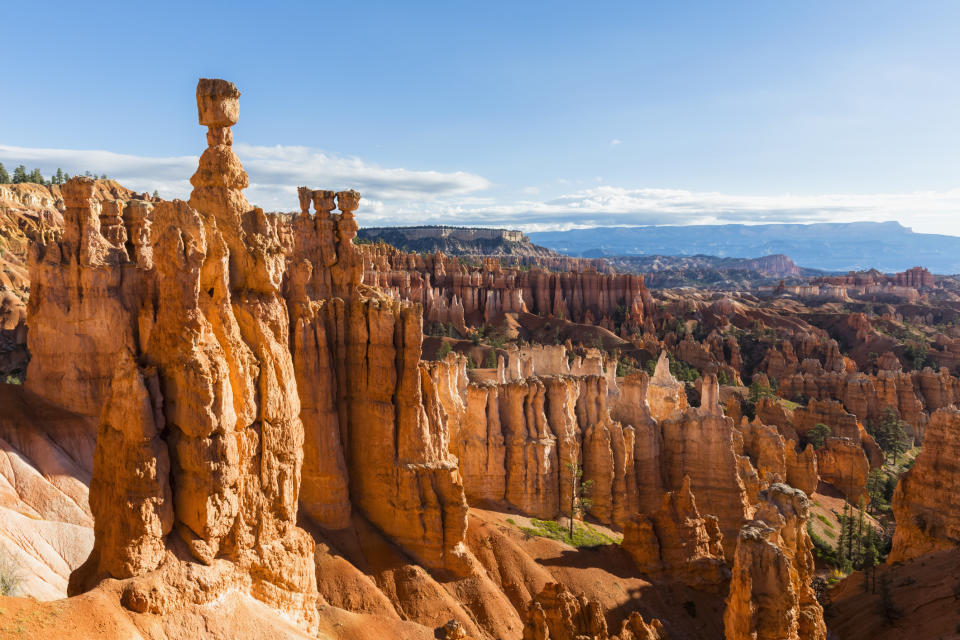
10.California boasts more national parks than any other state, but pay particular attention to Kings Canyon National Park. It's extremely underrated. It connects to Sequoia and is one of the most beautiful places I've ever visited.
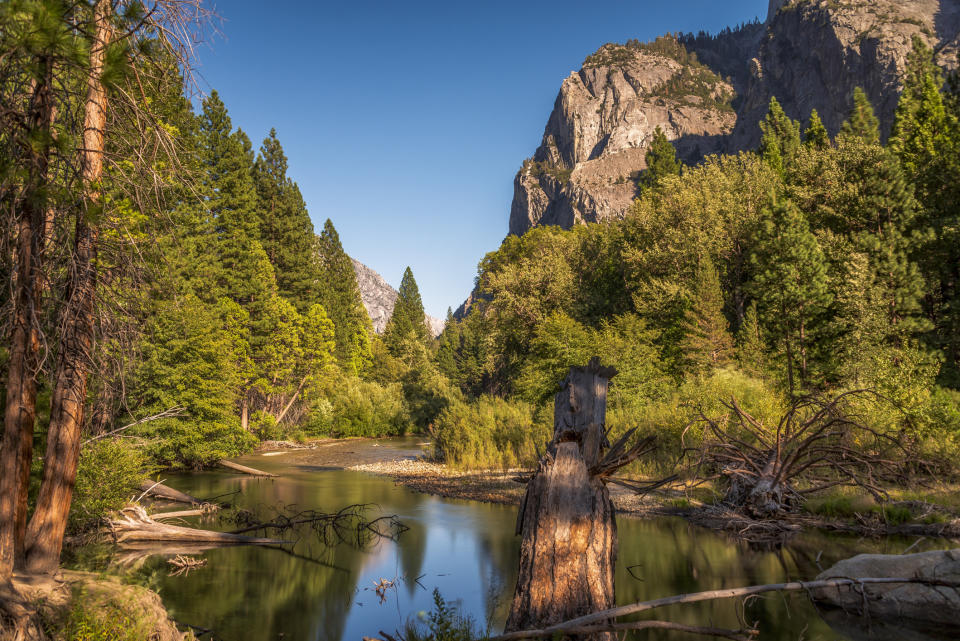
11.Make sure to catch the sunrise from the top of Cadillac Mountain in Acadia National Park in Maine. You can even drive to the summit. For much of the year, it's the first place in the US to be touched by sunlight in the morning.
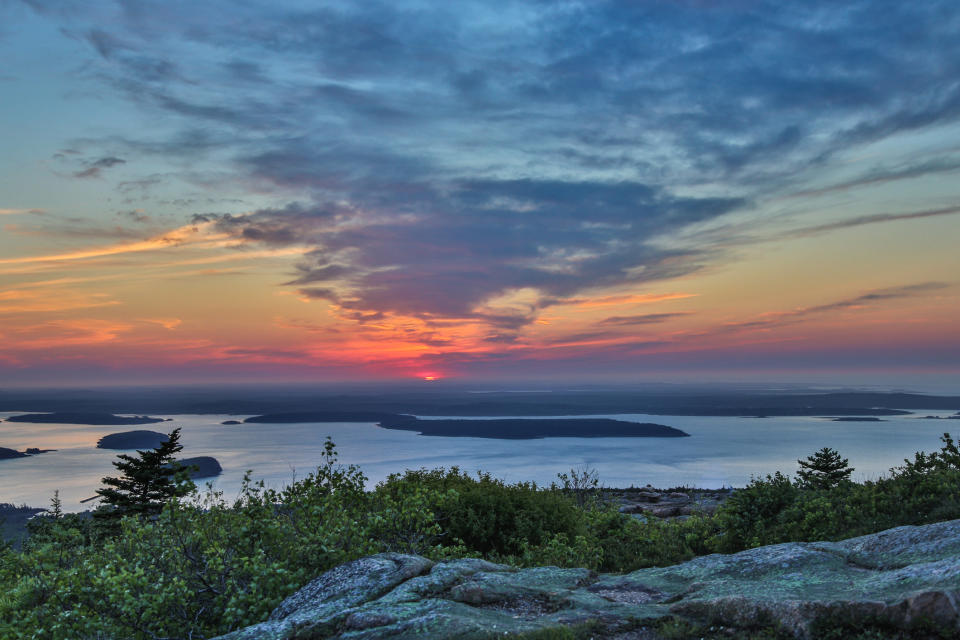
12.In Zion National Park, most people talk about Angel's Landing as the must-do hike, but IMO, Observation Point Trail hike is even better. It's about eight miles and the view is just as incredible at the top.
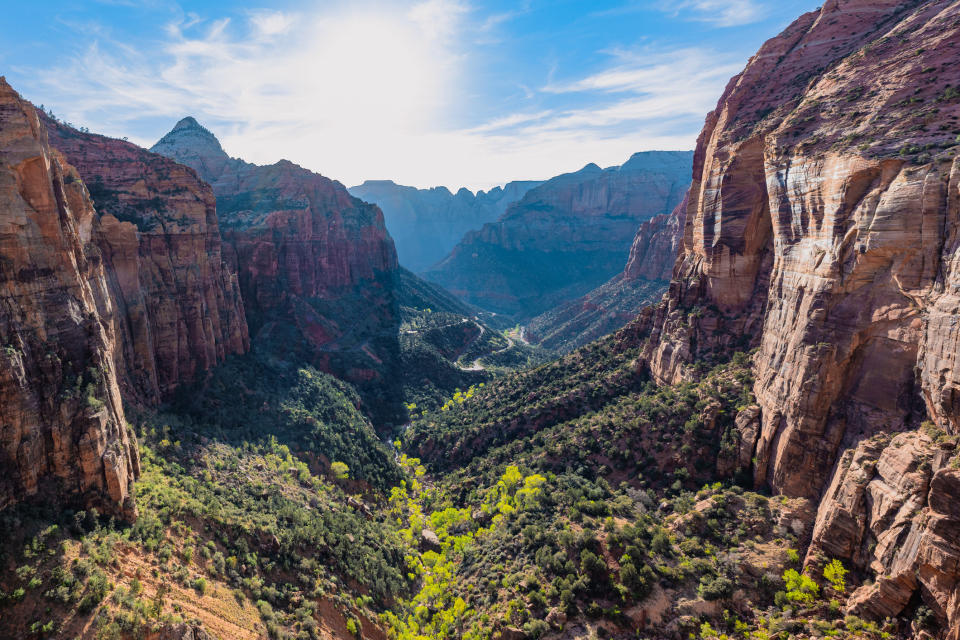
13.Some parks require a special entry ticket depending on the time of the year. Some examples are Glacier National Park and Yosemite during the high season. Check the park's website in advance so you're prepared for your visit.
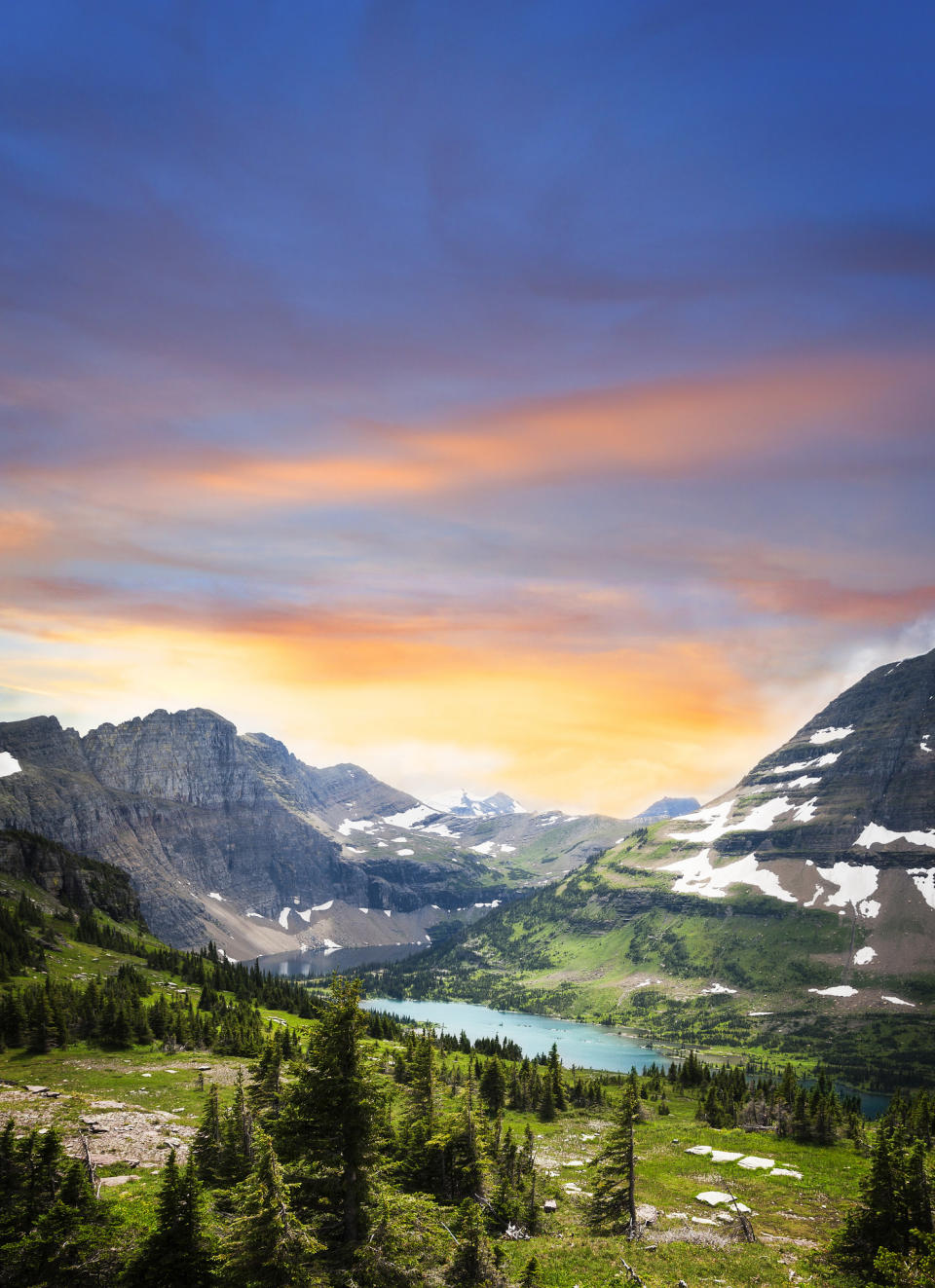
14.Avoid crowds by getting up really early. Not only will you get to explore before all the tourists, but you'll also experience some amazing sunrises.
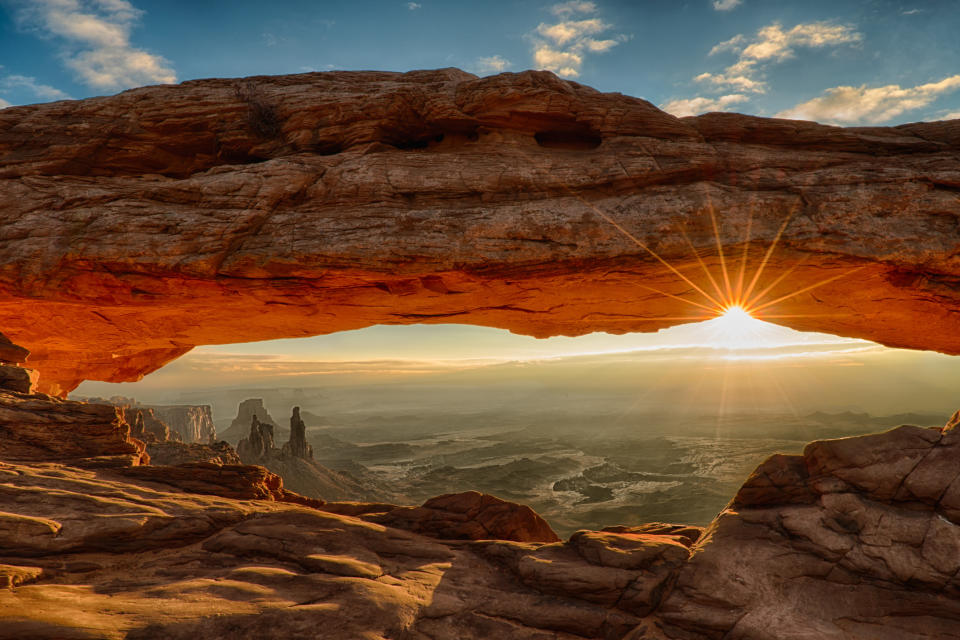
15.If you're planning on visiting Zion National Park, staying in Hurricane, Utah (30 minutes from Zion) is so much cheaper than staying outside the gates of the park.
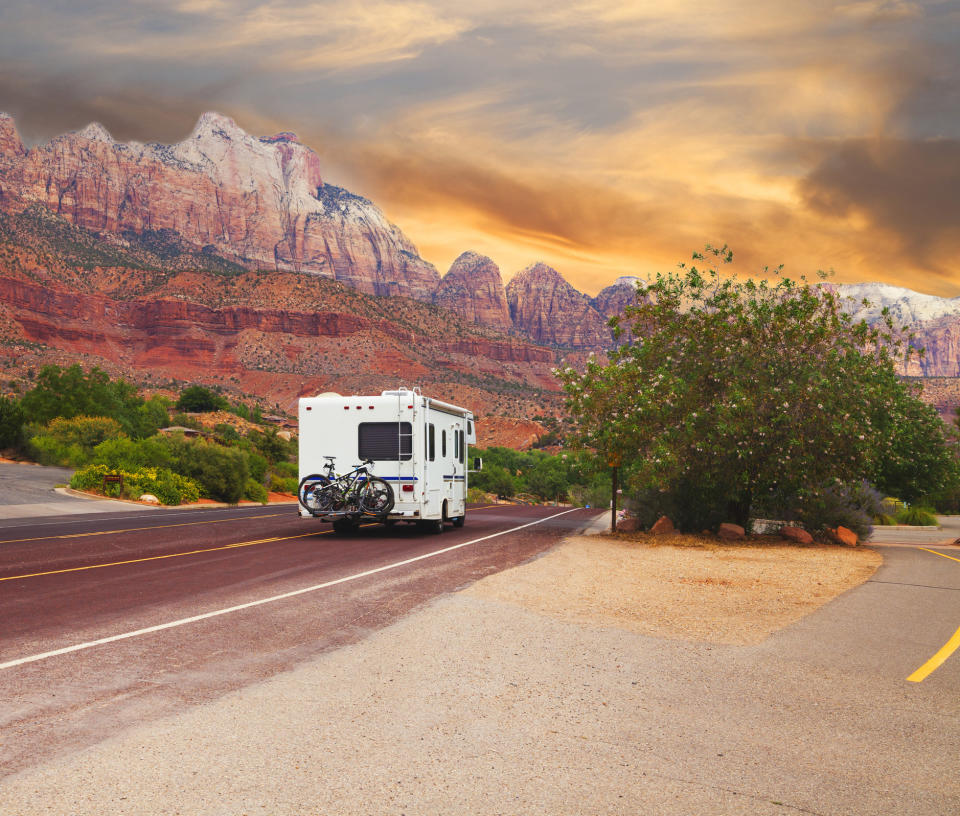
16.Ask park rangers for recommendations. When visiting a park and planning my hikes, I always ask the rangers for their advice. I ask which hikes I should try that will get me away from crowds but are within my capabilities. The rangers have generally hiked most of their respective parks, and they've seen the things that most people haven't. They'll be able to lead you to hidden gems.
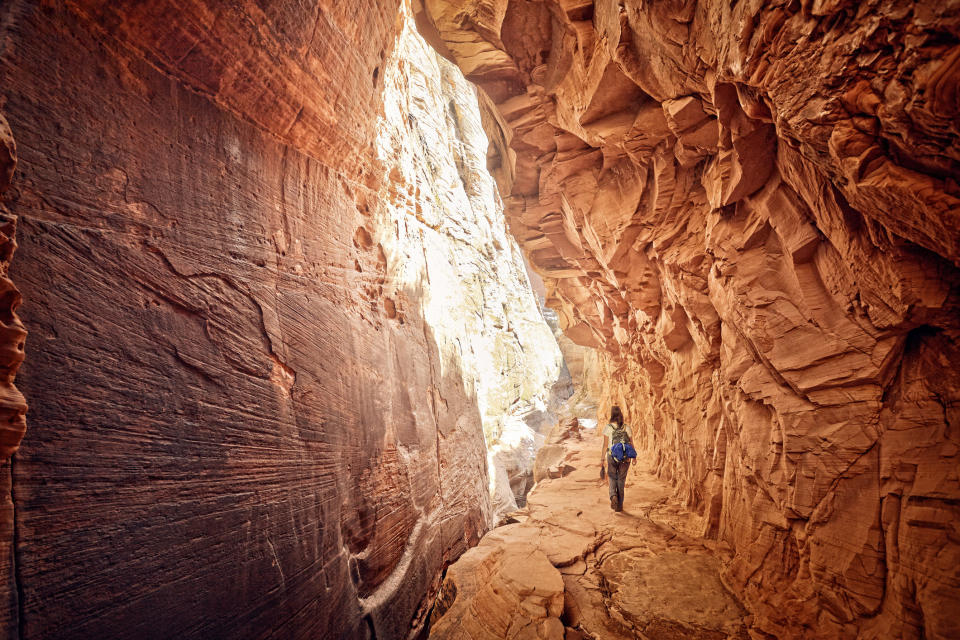
17.When visiting Yosemite National Park, don't miss May Lake Trailhead. The trail is two or so miles, and it leads to one of the most beautiful landscapes I have ever seen: May Lake with Mount Hoffman in the backdrop. It's a stunning reward for such a short and relatively secluded hike in such a popular park. If you want more of a challenge, continue taking the trail to climb Mt. Hoffman for some unbelievable aerial views.
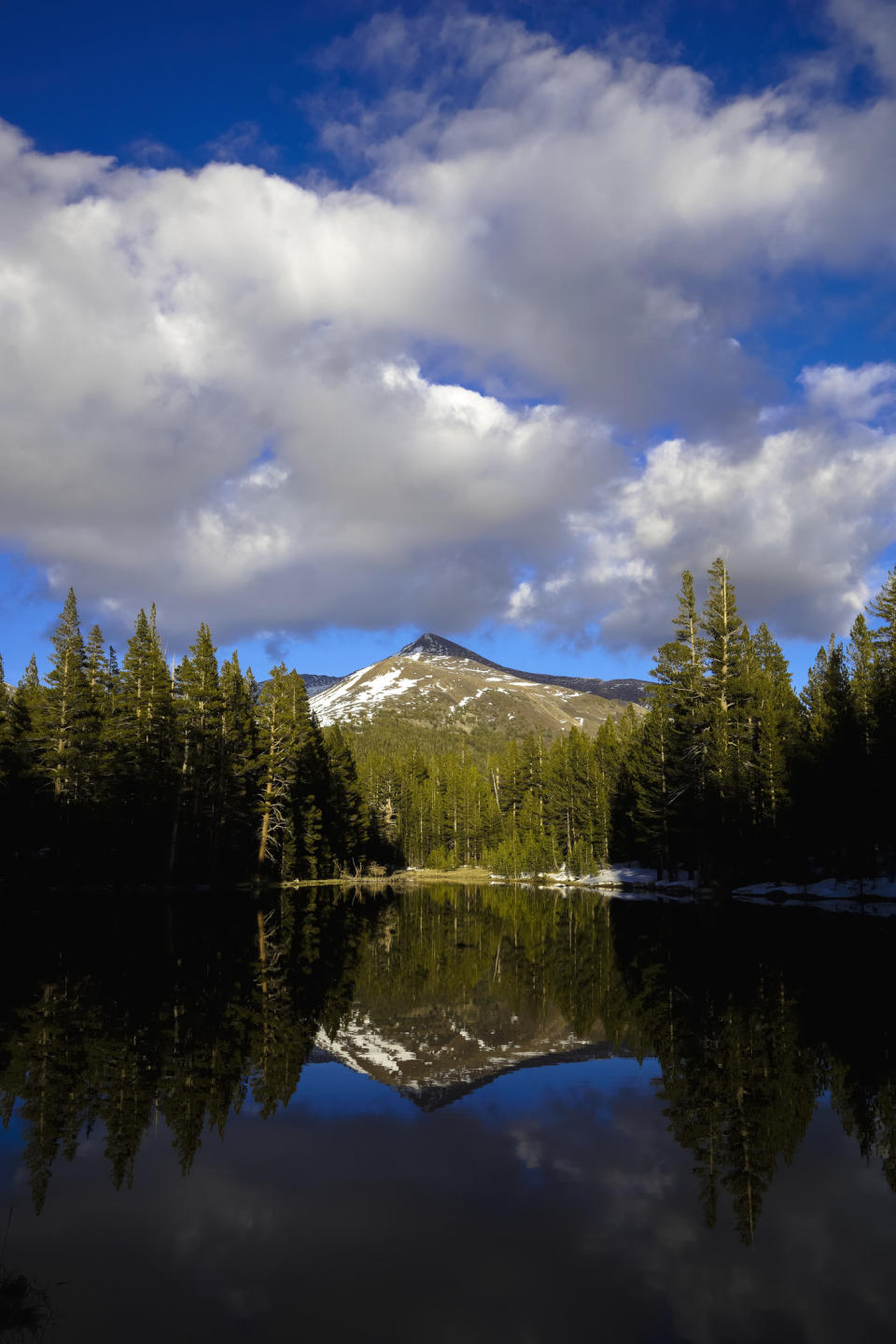
18.Don't overlook state parks, national monuments, and national forests in addition to national parks. They are often just as amazing and far less crowded.
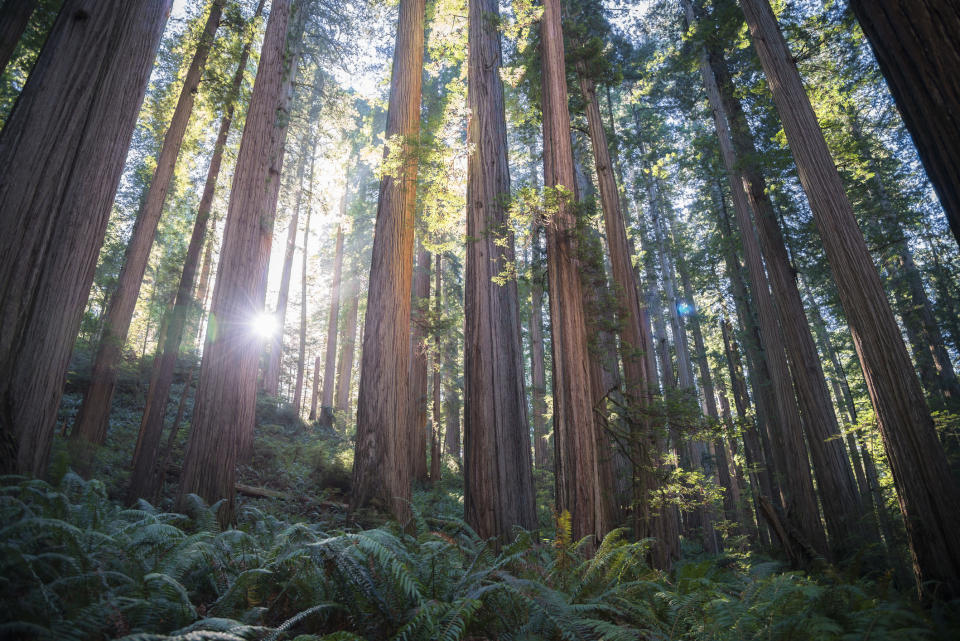
19.If you've already visited Yellowstone or are looking for somewhere less crowded, Lassen Volcanic National Park is extremely underrated. There are no crowds and it feels like a mini Yellowstone with an incredible backcountry."
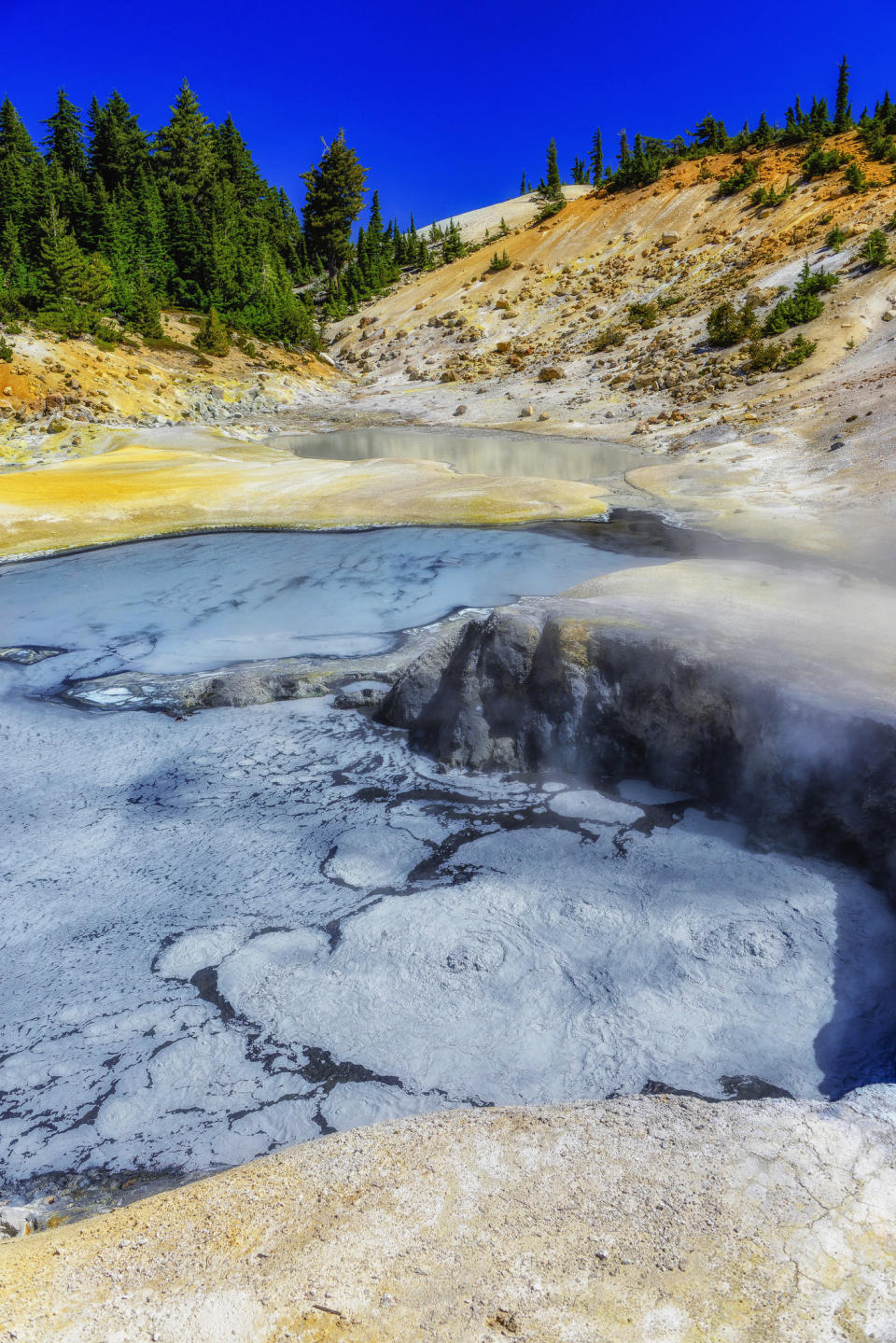
20.If you visit Olympic National Park in Washington State, make sure to see the Hurricane Ridge area. It's absolutely stunning and easy to access. You can drive to the top and there is a quick, three-mile round trip trail that boasts panoramic views of the mountains.
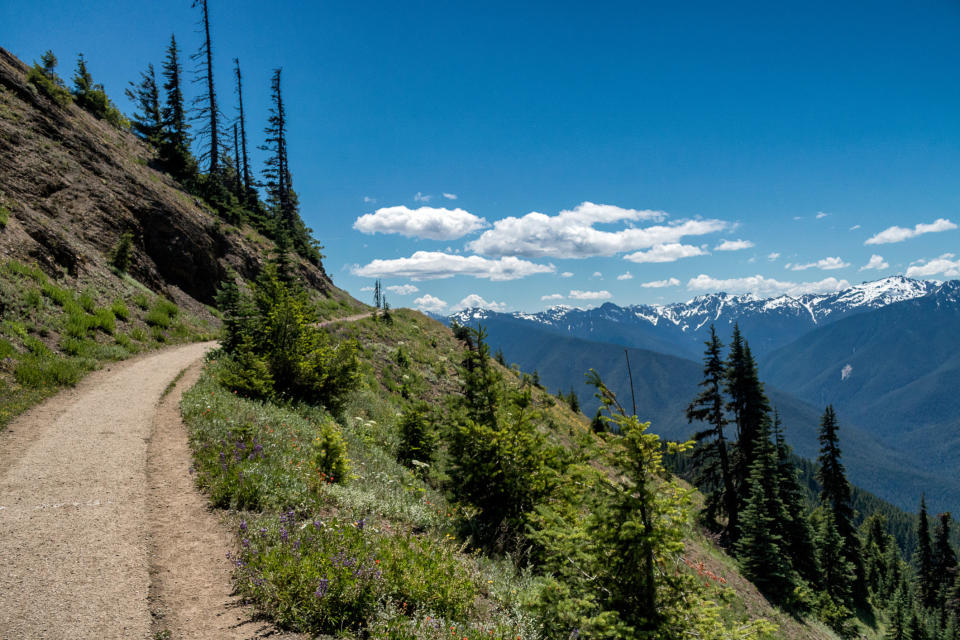
21.Many of Alaska's National Parks are very hard to access, but Kenai Fjords is the easiest one to visit. You can fly into Anchorage and drive a few hours to Seward. From Seward, you can drive into Exit Glacier for some hiking (Harding Icefield hike is a great one) or take a boat tour into the fjords themselves.
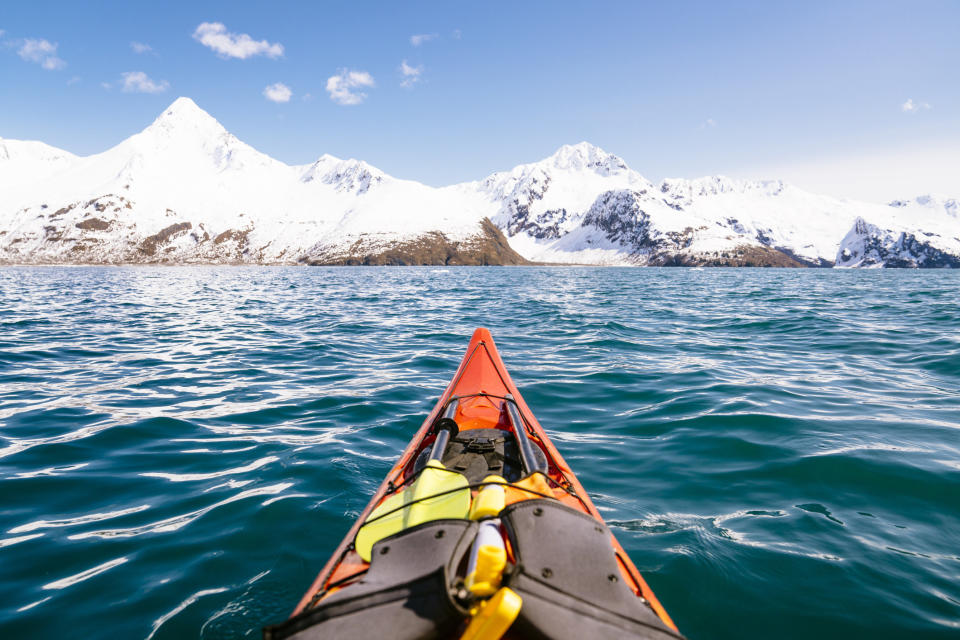
22.Consider a winter National Parks Trip. Death Valley in particular is even better in December or January when the temperatures are cooler and you can actually hike around and enjoy the scenery.
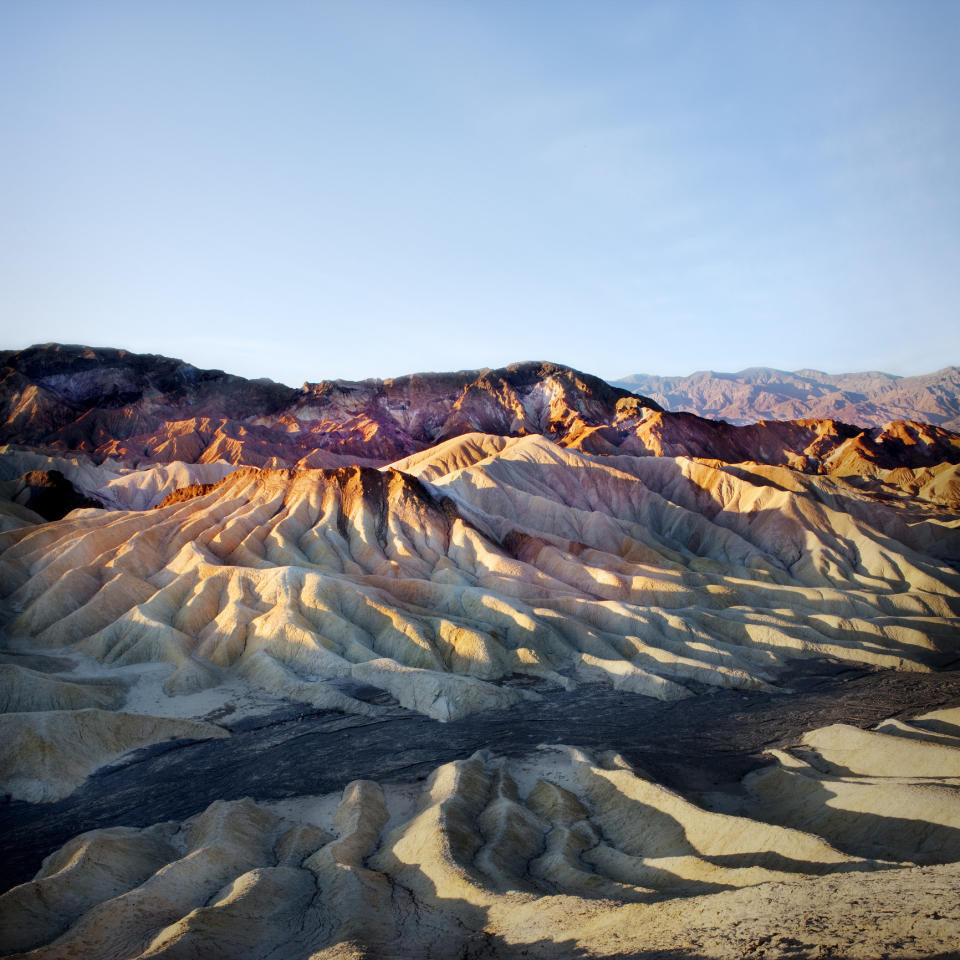
23.Invest in the National Parks Pass. Remember that it's good for all federal lands, not just national parks. This includes national forests, national wildlife refuges, and Bureau of Land Management areas. It not only saves money but it also saves time, particularly in areas where there's a self-pay station, you have to fill out a form, and you need exact change.
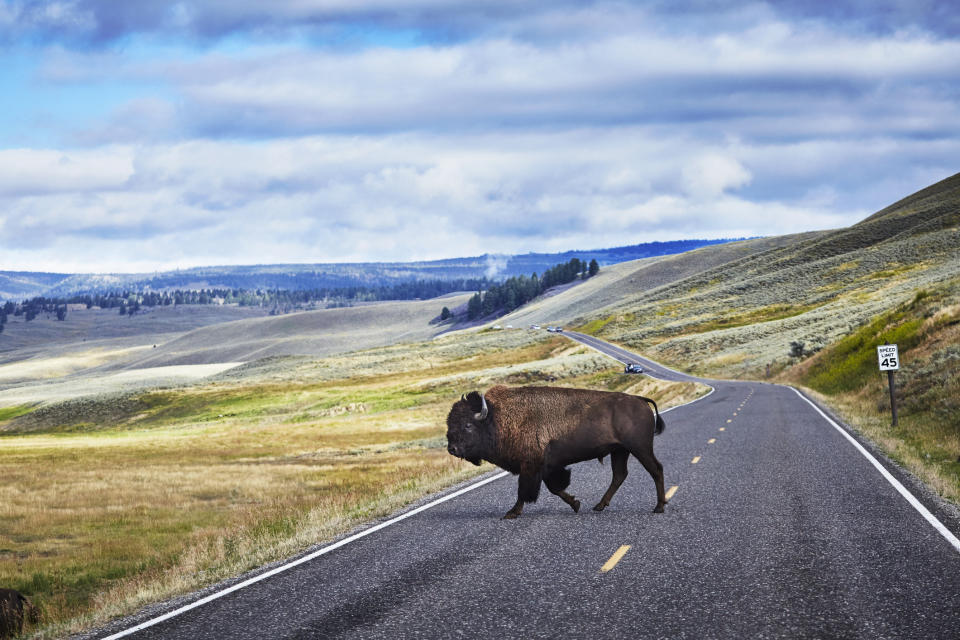
24.Capitol Reef National Park is so underrated. I rage a little inside whenever I hear people talking about how they plan to visit Zion, Bryce, and Arches, while completely disregarding Capitol Reef. Most people have never even heard of it, but it deserves a visit.
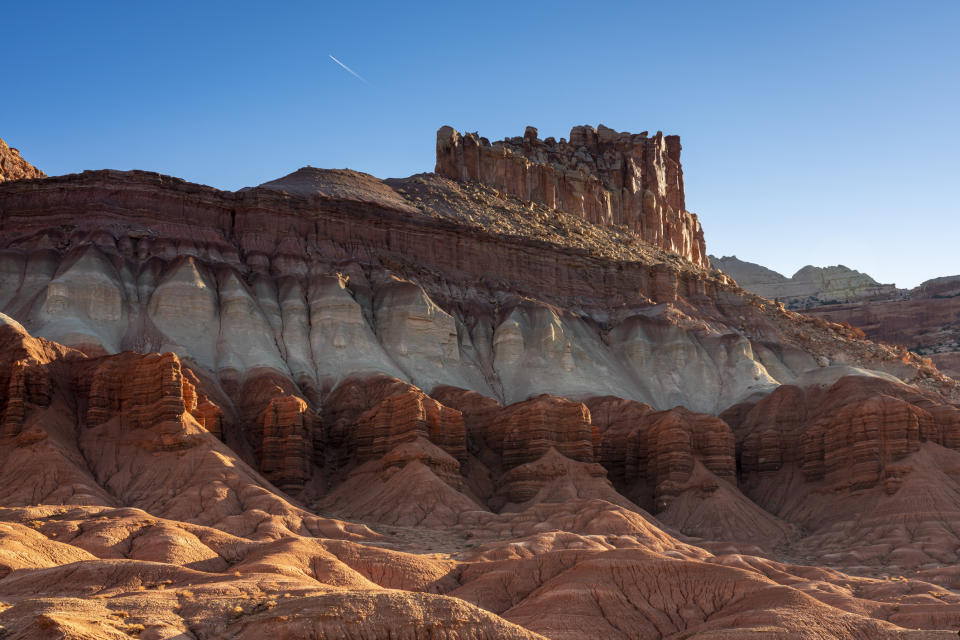
25.If you're planning on camping, consider national forests. They are often located right near National Parks. National parks are spectacular but can be very crowded, and you'll often need a backcountry permit to camp anywhere but a designated campground overnight. You can get the best of both worlds by seeing the wonders during the day and escaping the crowds at night.
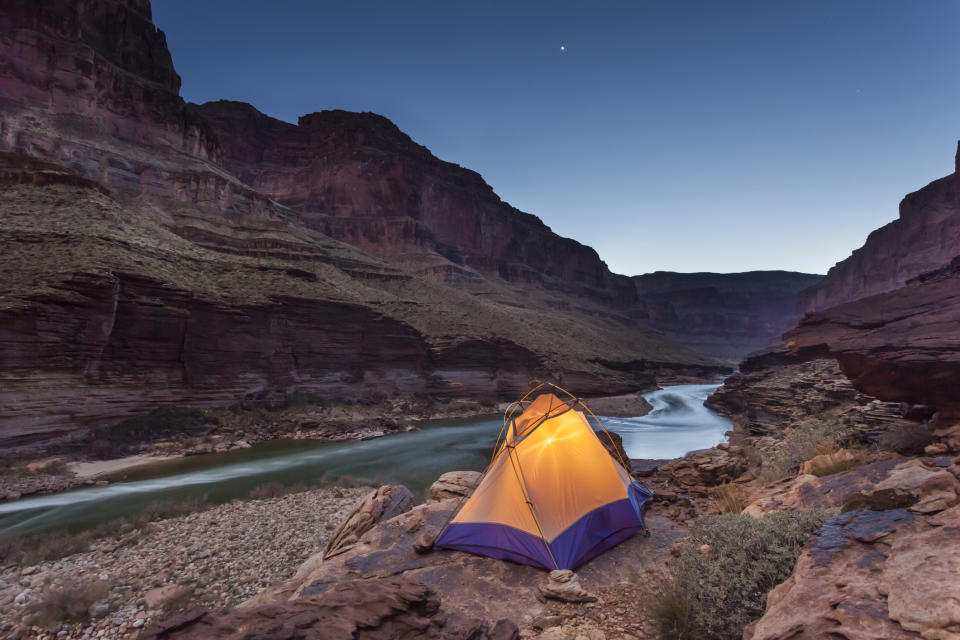
26.Don't rush it! Try to spend at least two days at each and any National Park. Trying to fit an entire National Park into a single day visit will leave you wishing you had more time to see everything you'll want to see.
